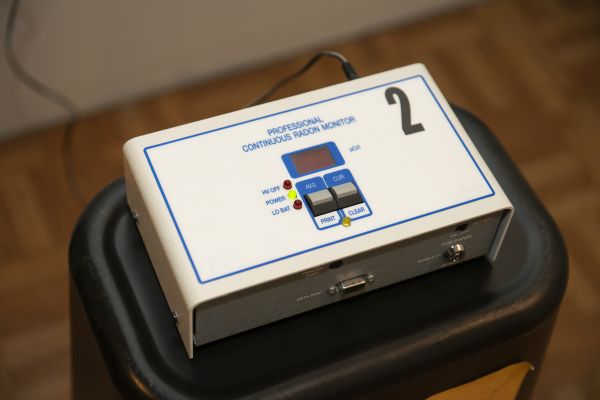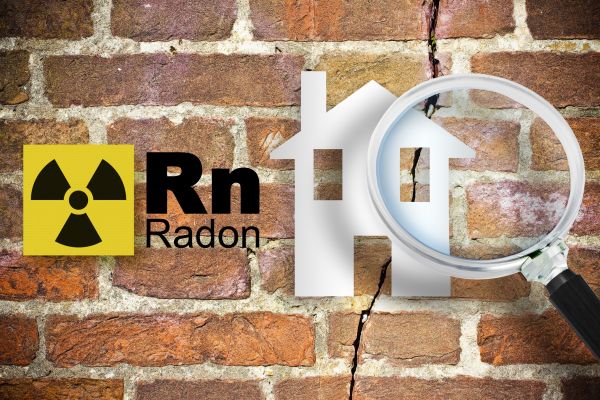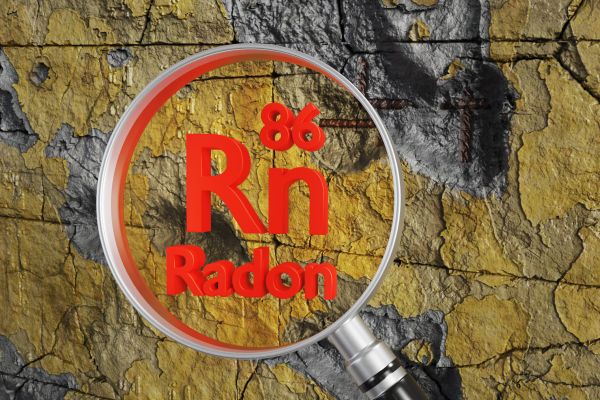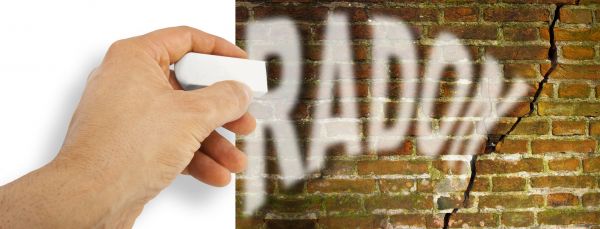Radon Gas Abatement Service – Frequently Asked Questions (FAQ)
What is radon gas, and why is it a concern?
Radon is a naturally occurring radioactive gas that results from the decay of uranium in soil and rock. It can accumulate in homes and buildings, and long-term exposure to high levels of radon is linked to an increased risk of lung cancer.
How do I know if I need radon gas abatement?
The only way to determine radon levels in your home is through testing. If your radon test results exceed the EPA's recommended action level of 4 pCi/L, you should consider radon gas abatement.
What does the radon gas abatement process involve?
Radon gas abatement involves installing a mitigation system designed to reduce radon levels. This typically includes a sub-slab depressurization system that vents radon gas from beneath the home to the outside.
How long does it take to install a radon mitigation system?
Most radon mitigation systems can be installed within a single day, usually taking about 3 to 6 hours, depending on the complexity of the installation.
How much does radon gas abatement cost?
The cost of radon gas abatement can vary based on the size of the home and the type of mitigation system required. On average, installation costs range from $800 to $1,500.
Is the radon abatement system effective immediately?
Yes, once the radon mitigation system is installed, radon levels typically drop immediately. It is advisable to retest the radon levels after installation to confirm effectiveness.
Will radon abatement affect my home's resale value?
Having a radon mitigation system in place can potentially increase your home's resale value, as it demonstrates a proactive approach to health and safety concerns.
Is radon gas abatement safe for my family?
Yes, the process of radon gas abatement is safe for your family. The installation of a mitigation system is designed to prevent radon from accumulating in your home, ensuring a healthier living environment.




